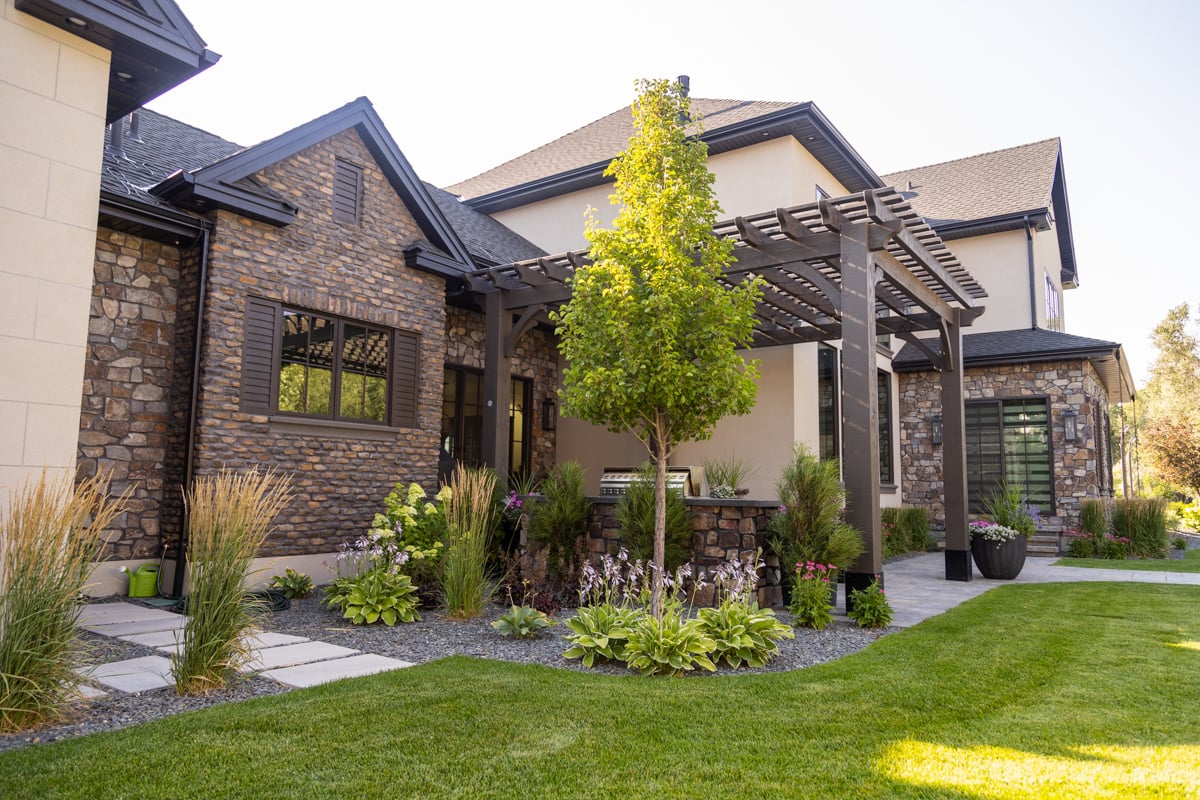
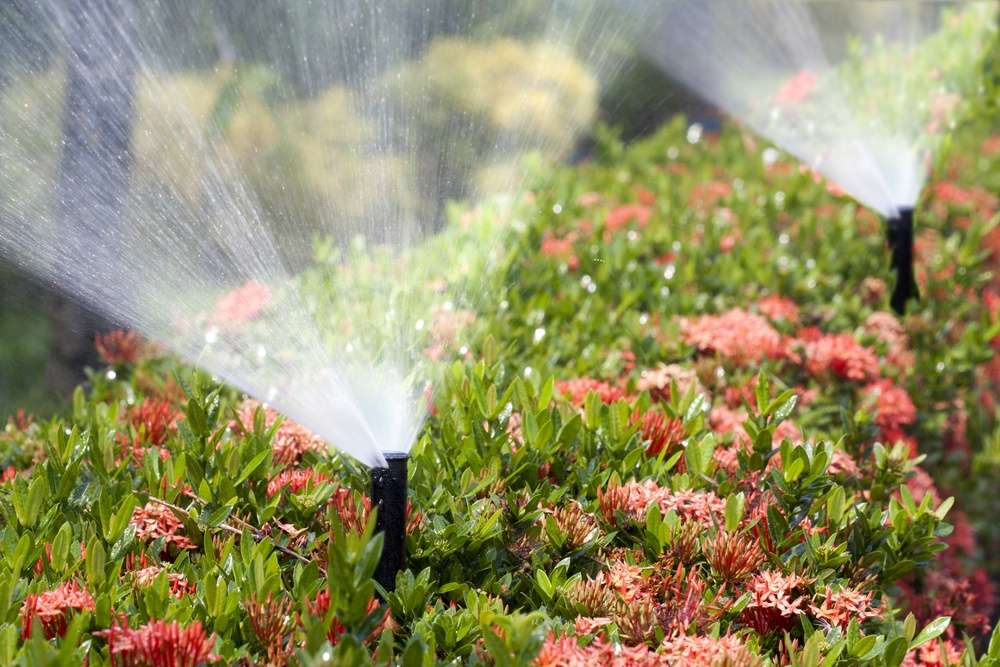
6 Top Upgrades for Your Sprinkler System: Enhance Efficiency and Save Water
Upgrades are always good news, right?
You’ve been upgraded to first class!
We’ve upgraded your dinner and added free dessert!
You’ve earned a pay upgrade!
Upgrades for your lawn sprinkler system are good news, too. If it’s been around for a while, it probably has outdated sprayer heads or an old controller that’s wasting water — and money.
Older irrigation systems don’t have all the impressive water-saving gizmos available to you today.
Upgrading your lawn sprinkler system with new, water-wise parts will cut your water waste — and your bill — without the need and expense of replacing your whole system.
What cool stuff is out there?
Let’s take a look:
Smart Irrigation Timers
Water-saving features are a big plus of the latest smart irrigation system controllers, but there’s a huge convenience factor, too. Plus, you’ll feel cool using them
You can set up, monitor and adjust your smart sprinkler system from anywhere, anytime once you have a smart system. Program customized zones, adding your yard’s exact sun exposure, plants and soil type.
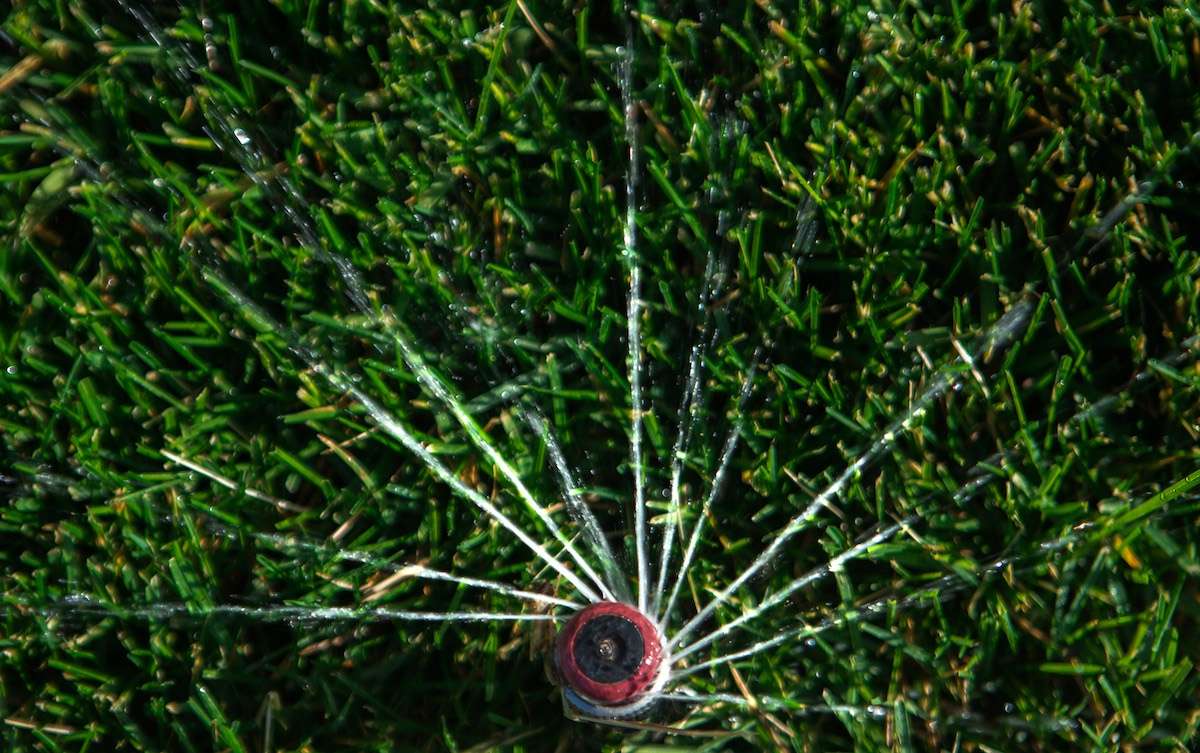
Give your Idaho Falls irrigation service remote access, so they can fix some irrigation problems from their office. That means they can shut down your system in an emergency or make needed adjustments instantly, so you don’t always have to wait for technicians to make the physical trip to your property.
You’ll love all of this.
High-tech sensors in a smart sprinkler system are like water waste-detecting wizards, sensing all sorts of wasteful situations:
- Flow sensors show how much water is being used, and if you’re wasting water. If a line breaks or a valve is stuck open, sensors know an unusually high amount of water is flowing, shut down your system and send an immediate alert. No landscape damage from excess water.
- Rain sensors will turn off your irrigation system if it’s raining, saving you water and money.
- Freeze sensors won’t allow your smart irrigation system to water if the temperature is too cold.
MP Rotators
Bye, wasteful spray nozzles. You can have your existing irrigation heads retrofitted with high-efficiency MP rotator nozzles.
Older, less efficient lawn sprinkler heads tend to spray water out at a faster rate, resulting in water being wasted as runoff.
The MP Rotator emits several rotating streams of water at a low application rate, which uses less water and ensures your landscape receives only the amount of water it needs to thrive.

Older lawn sprinkler heads also spray very small droplets, almost a mist. Mist hardly weighs anything, so even a slight breeze can blow the water off course, away from areas it’s supposed to be watering.
Advanced rotary-style sprinkler heads deliver water in larger droplets, which fall faster, ending up where they’re supposed to go.
MP Rotators spread water more slowly over a longer period of time, which allows the water to soak into the ground more evenly. While a typical spray head will use 3.5 gallons to 4.5 gallons of water per minute, an MP Rotator will only use .7 gallons of water per minute.
MP Rotators are proven to decrease water use by 30% over traditional spray nozzles.
Weather Sensors
Weather sensors connect to your lawn sprinkler controller, reacting to local weather conditions.
Simple rain sensors prevent your irrigation system from turning on if it’s raining.
More advanced sensors, like Hunter's Solar Sync, gather daily local weather data and work with your controller to calculate the optimum watering schedule based on the current weather conditions. It ensures your landscaping receives the right amount of water regardless of the changing weather.
You can easily convert a previously installed controller to a smart controller.
Micro “Drip” Irrigation
Maybe you have plants and shrubs that need small amounts of water delivered right at the plant's root zone. Micro irrigation, also called drip irrigation, is perfect.
As the name suggests, this type of lawn sprinkler system drips water slowly from holes in tubing — which is either installed below ground or on the soil surface.
Instead of spraying large areas like sprinklers, drip irrigation systems provide water to specific areas on your landscape. They allow you to target plants, instead of covering a wide space all at once.
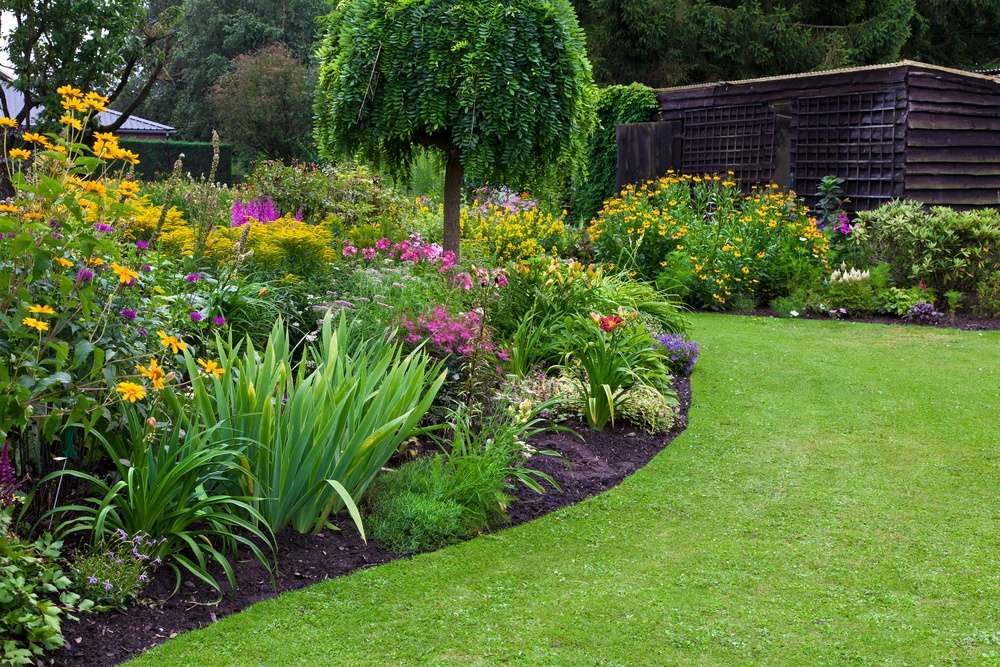
Outback installs Hunter’s micro irrigation system, which includes in-line check-valve emitters that ensure no debris or plant roots clog or disrupt the water flow.
If you already have irrigation heads in your plant beds and want to switch to drip irrigation, you don’t have to dig it all up and start from scratch. Irrigation pros can transform your current sprinklers.
'Check Valves'
Does your irrigation system have Check Valves installed? If not, you’re wasting water every time your lawn sprinklers turn off.
Check Valves are installed along the length of your sprinkler system to keep water moving in one direction.
They keep water in the pipes after your system runs, allowing for quick startup when the system turns back on. If you don’t have them, any water left in the pipes when your system turns off flows downhill to the lowest point of your system, running out through that last sprinkler head. Then, yuck, it creates a muddy pool of water on your sidewalk or driveway.
Check Valves keep that water in the pipes instead of wasting it.
Save Water with Regular Irrigation Maintenance
Lawn sprinkler maintenance visits will make sure those upgrades keep working hard and continue to save you water and money.
Over time, stuff happens.
Leaks. Broken sprinkler heads. Controller issues. Water spraying where it shouldn’t.

Regular lawn sprinkler system inspections bring irrigation specialists on board to inspect your whole system to make sure all the parts are working correctly, and your Idaho landscaping is getting exactly the right amount of water, with no waste.
Regular irrigation maintenance will also help us catch potential problems before they become big, costly ones.
Ignore sprinkler system maintenance and the repair costs you face could be way more expensive than the cost to pay for maintenance.
The big bonus for you: peace of mind.
Lawn Sprinklers: When You Need More Than an Upgrade
Upgrades can work wonders to bring an older system up to speed with efficiency and water savings.
But lawn sprinklers don’t last forever.
If yours is nearing the end of its life, you might not want to keep sinking money into it for upgrades or expensive repairs. It might be time to replace it.
How can you spot an irrigation system that's ready for wholesale replacement?
- You'll find that parts are frequently breaking. All that money you’re spending on expensive repairs could go toward a shiny new system.
- Your landscaping has changed significantly. Landscaping changes over time. Plants and plants get bigger. Maybe you added a few planting beds, or plants that were in full sun are partly shaded now. You can add zones or change heads to a different type as needed, but if you’ve had entirely new landscaping installed, with significant changes or additions, you might need to replace your lawn sprinkler system to accommodate the changes.
- It’s just plain old. Residential irrigation systems usually last 20-25 years. How old is yours? Have you lost count?
Ready for Water-Saving Lawn Sprinkler System Upgrades in Idaho Falls? Trust Outback
When you waste water, you waste money.
Let’s put a stop to that, with smart upgrades from experts in lawn irrigation and lawn sprinklers in Boise and Idaho Falls.
Outback’s irrigation pros can inspect your irrigation system, spot any signs of water waste, and suggest upgrades that will save you water and money and make your lawn watering life easier and more convenient.
Located in Idaho Falls, Idaho, we serve residential and commercial properties in Idaho Falls, Rexburg and Pocatello, Idaho, as well as Bonneville, Madison and Bannock counties. Call us at 208-656-3220, or fill out the form here to schedule an onsite consultation. We’d love to hear from you.
If You're Looking For a Sign, This is It.
Seriously, that lawn isn't getting any better on it's own. Mrs. Jones just called the HOA on you
.jpg?width=480&name=Chase%20Coates%20Team%20Portrait%202%20(2).jpg)
Chase Coates
Chase Coates is the owner of Outback Landscape in Idaho Falls, Idaho.

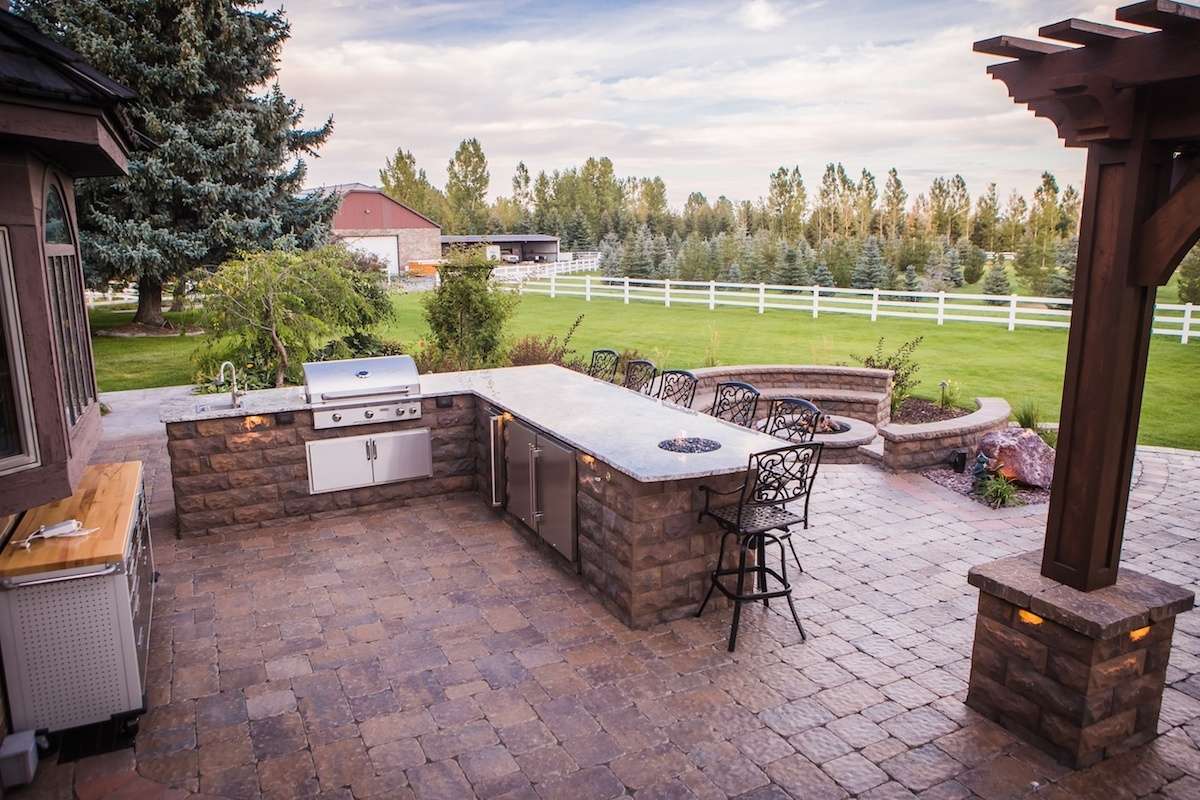
Brick Pavers vs Stamped Concrete: Pros, Cons, and Costs
.jpg)


